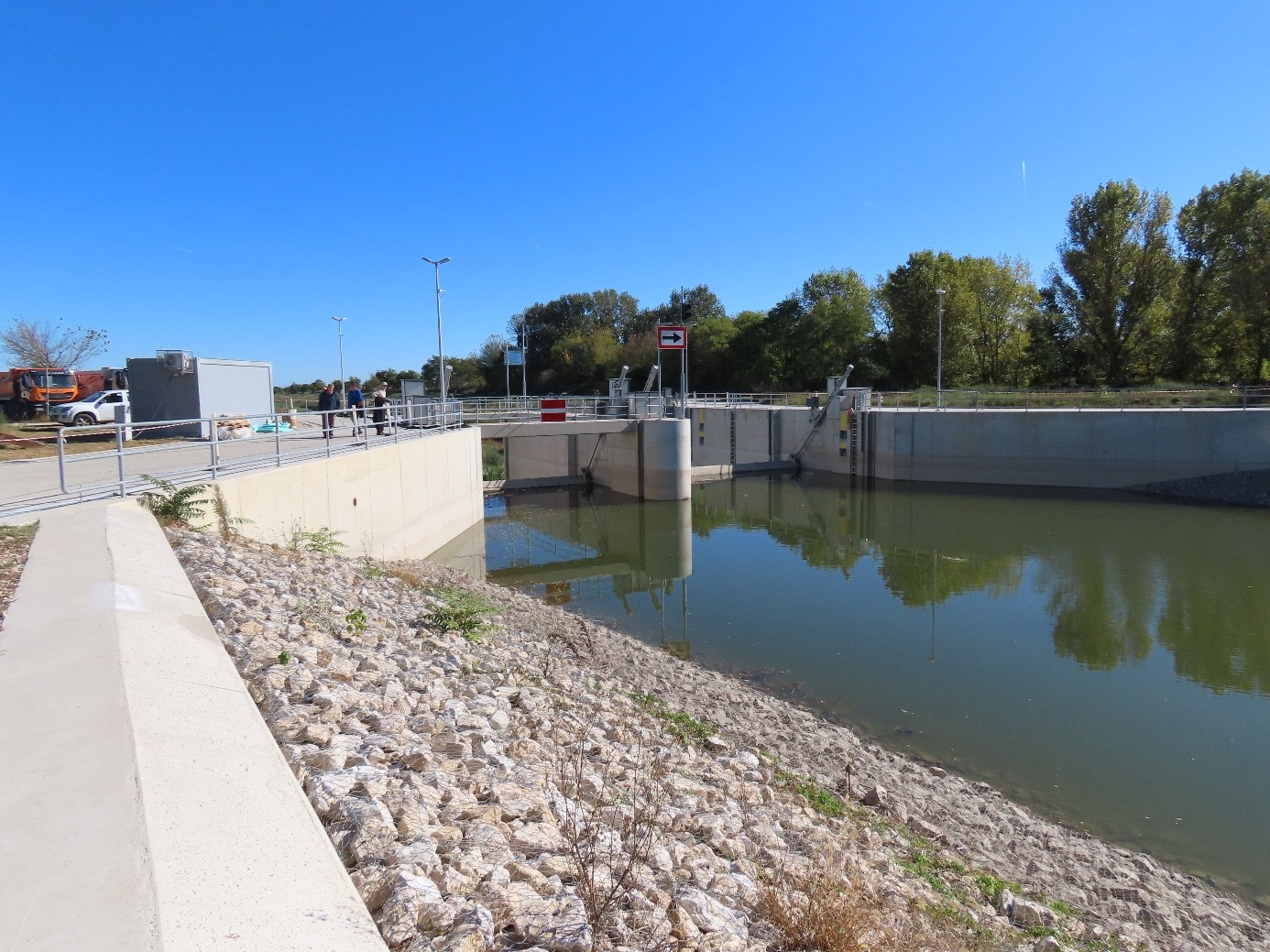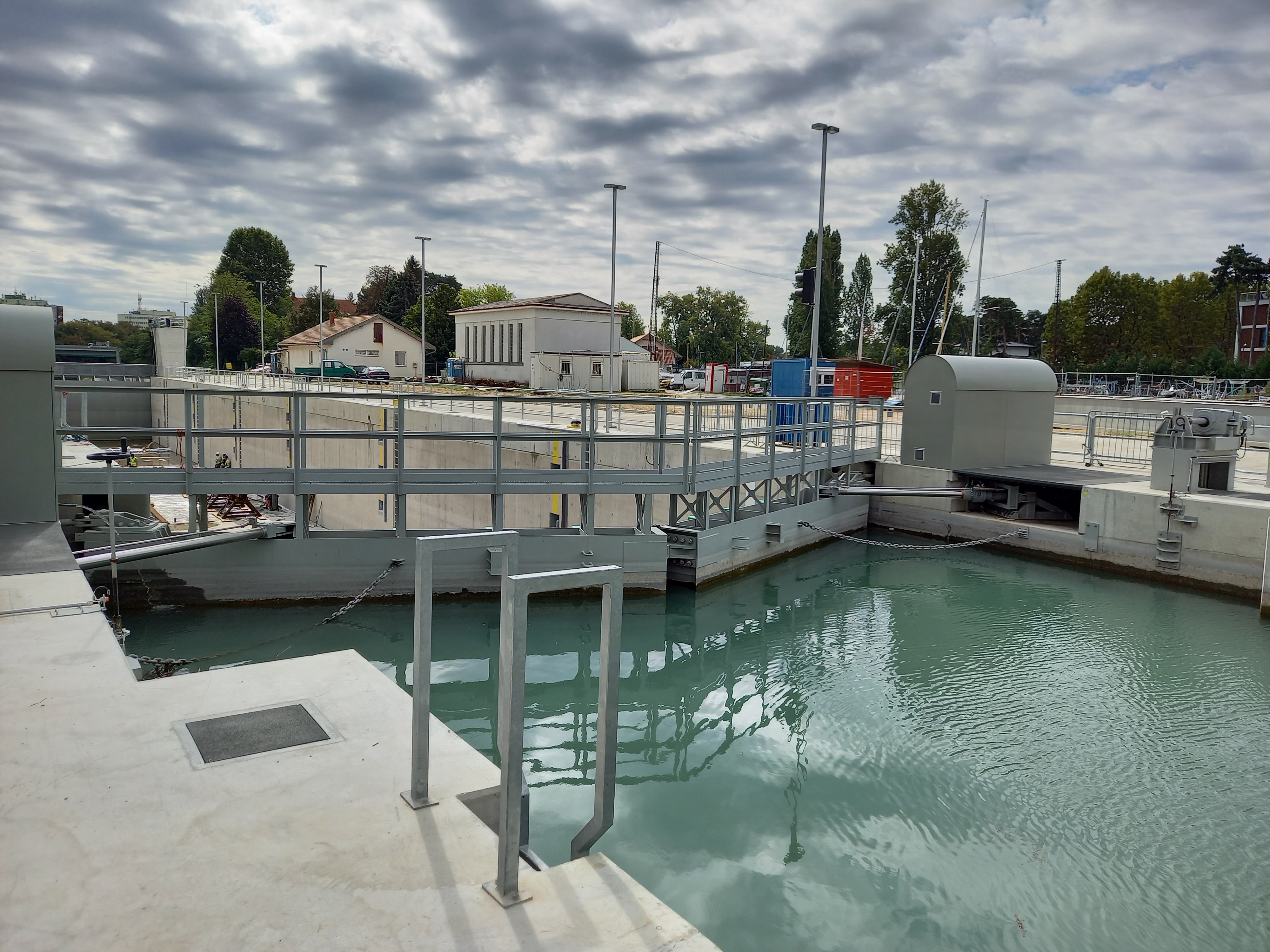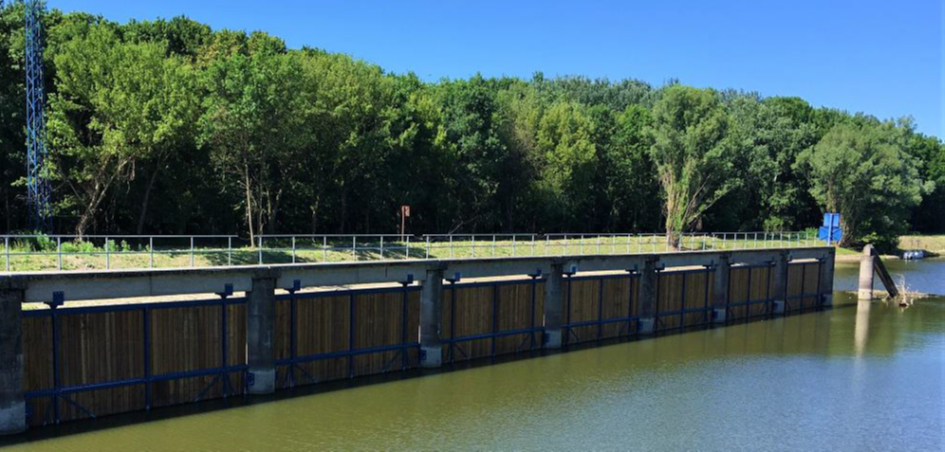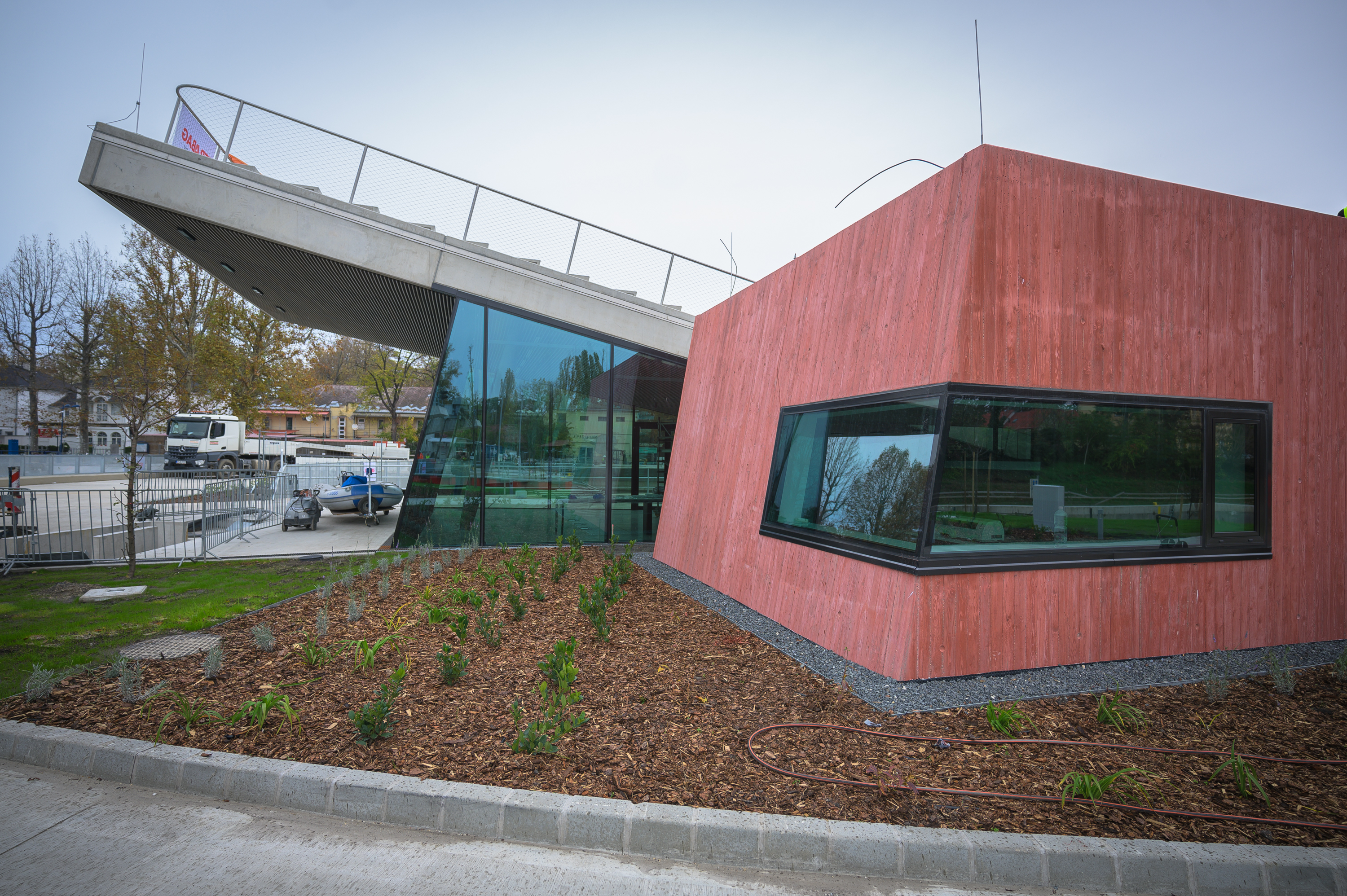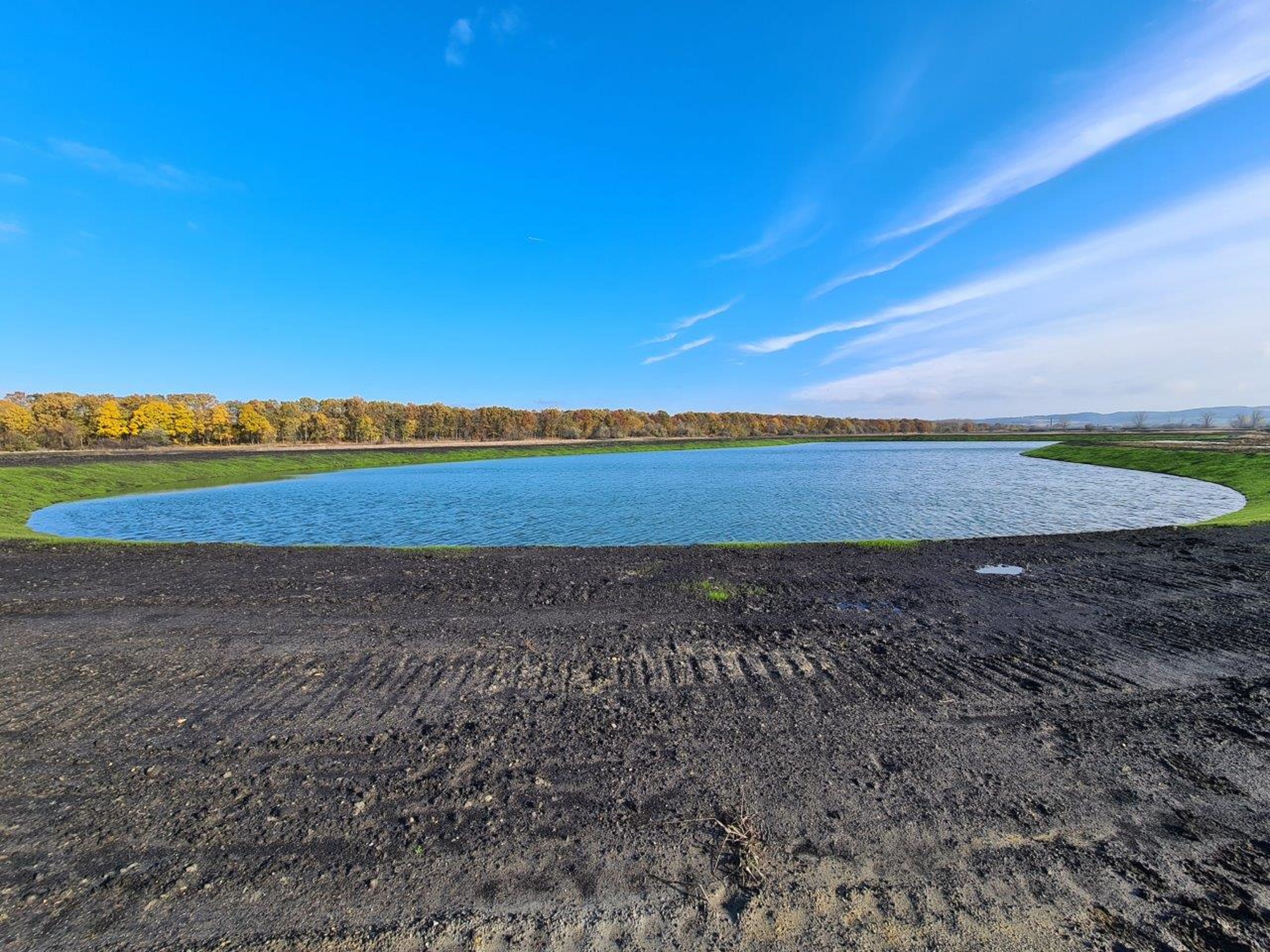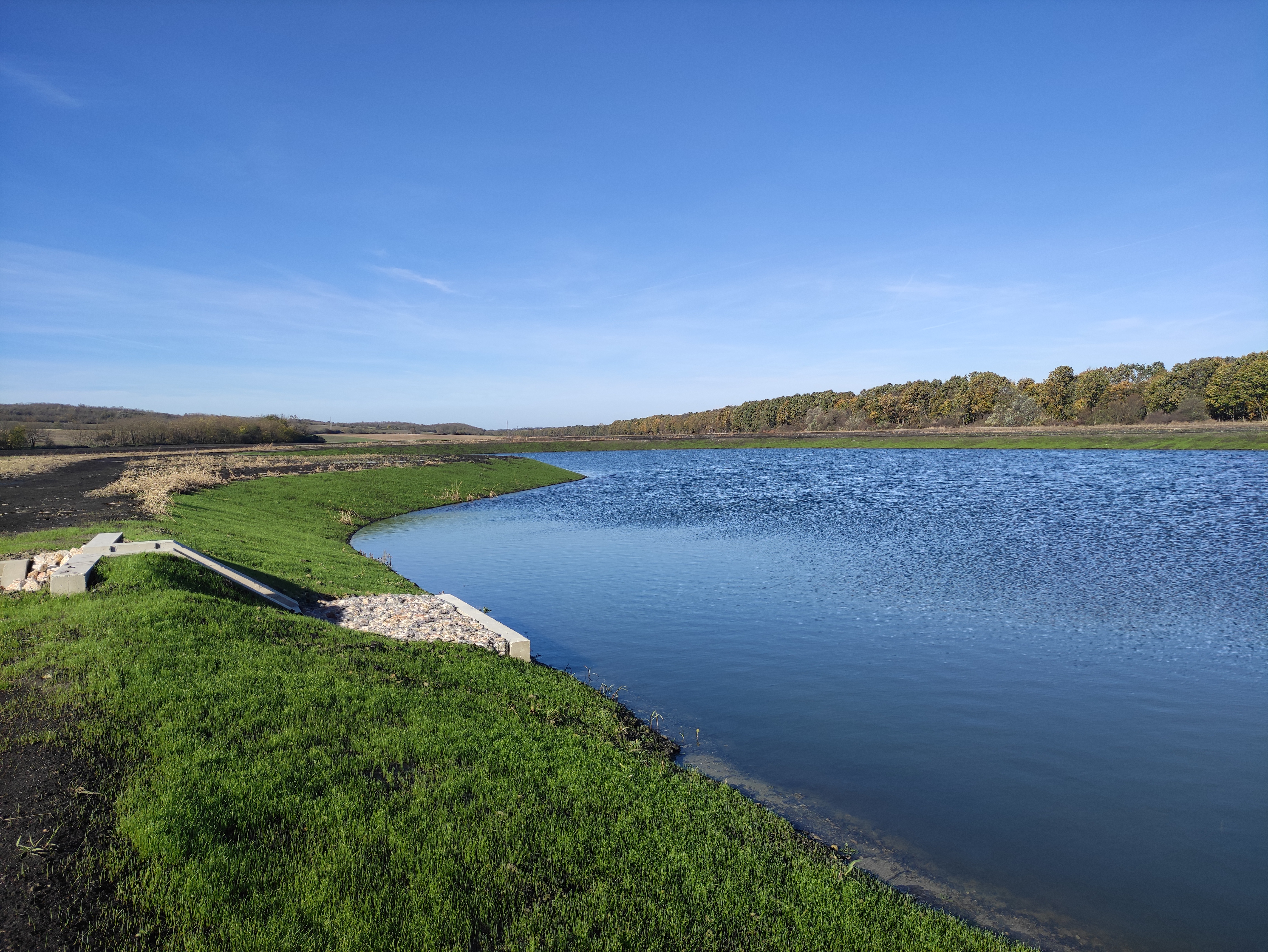Reconnecting with nature
Balaton drainage system
Modernisation of Lake Balaton drainage system
There is a socialdemand fromtheresidents living on the shores of Lake Balaton and those who spend their holidays there that the water level regulation of the lake should be able to ensure the optimal water level for the holiday season. In order to achieve a situation that supports stable use, it is necessary to renovate and expand the entire Sió Canal drainage system and, in connection with the above, to rebuild the structures - water level control sluice, shiplock, Balatonkiliti dam
Hungary
Regional
Central Transdanubia
It addresses urban-rural linkages
It refers to a physical transformation of the built environment (hard investment)
Yes
2023-12-01
Yes
ERDF : European Regional Development Fund
No
No
As a representative of an organisation
The project aims to improve the drainage capacity of the Sió Canal by upgrading the Lake Balaton drainage system. The purpose of the investment is to reduce Hungary's vulnerability to flooding and to mitigate the adverse effects of extreme floods, which are becoming more frequent due to climate change, on human health and life, property, water quality, environment, cultural heritage, economic activity and infrastructure along lowland rivers and in mountain and hill areas at risk of flooding.
water retention by building new structures
wetland creation
flood protection embankment improvements
Lake Balaton water level regulation
creation of a community space open to visitors
- Flood safety has been increased by the settling of spoil bank/waste bank.
- Dredging of River Sió has increased its drainage capacity. The continued operational condition and usability of the waterway has improved.
- Reconstruction of structures has reduced the risk of inundation during inland excess water and flooding periods.
- The reconstruction of operational bridges has increased their operational safety and service life.
- Increased flood safety by ensuring pass-ability through the stabilisation of the levee crest of embankment.
- By preventing damage, slope slide to the coastline, the navigability and flood safety have been increased.
- The reconstruction and modernisation of the timber-framed bulkhead during the reconstruction of the floodgate upstream side and the bulkhead has increased navigational safety.
- Restoration and cleaning up of the section above the Sió floodgate. The dredging of the upstream section of the lock and the spillway has improved the operability for navigation and sediment transport.
- The new operational service building is needed for the storage of the equipment that are necessary to operate the structures.
- Construction of new large structures on the Siófok canal: New discharge/water level control weir in Siófok; New navigation lock in Siófok; Reconstruction of Balatonkiliti dam.
- Wetlands have been created by retaining water during the wet season.
- Navigation-related interventions have improved safety of navigation.
- The modernisation of the monitoring system has enabled the results of the project to be managed more effectively. Water level regulation of Lake Balaton has become more predictable and foreseeable. Operators receive signals on water quality.
- The capacity of the Sió River has been increased by relocating the embankment on the left bank of the Sió River, thus increasing its flood protection capacity.
- Dredging of River Sió has increased its drainage capacity. The continued operational condition and usability of the waterway has improved.
- Reconstruction of structures has reduced the risk of inundation during inland excess water and flooding periods.
- The reconstruction of operational bridges has increased their operational safety and service life.
- Increased flood safety by ensuring pass-ability through the stabilisation of the levee crest of embankment.
- By preventing damage, slope slide to the coastline, the navigability and flood safety have been increased.
- The reconstruction and modernisation of the timber-framed bulkhead during the reconstruction of the floodgate upstream side and the bulkhead has increased navigational safety.
- Restoration and cleaning up of the section above the Sió floodgate. The dredging of the upstream section of the lock and the spillway has improved the operability for navigation and sediment transport.
- The new operational service building is needed for the storage of the equipment that are necessary to operate the structures.
- Construction of new large structures on the Siófok canal: New discharge/water level control weir in Siófok; New navigation lock in Siófok; Reconstruction of Balatonkiliti dam.
- Wetlands have been created by retaining water during the wet season.
- Navigation-related interventions have improved safety of navigation.
- The modernisation of the monitoring system has enabled the results of the project to be managed more effectively. Water level regulation of Lake Balaton has become more predictable and foreseeable. Operators receive signals on water quality.
- The capacity of the Sió River has been increased by relocating the embankment on the left bank of the Sió River, thus increasing its flood protection capacity.
The aim of the project is to ensure a level of protection against water damage commensurate with the protected values in the entire water system, and to create or enhance production and management conditions by providing and managing water of adequate quantity and quality. In order to modernise the Lake Balaton drainage system, it is necessary to reconstruct and rebuild the major structures, to fully reconstruct the Sió Canal and to ensure the proper and sustainable operation of the water system. The objective of the project is to prepare the feasibility of a conceptual spatial development programme with the following expected results, while creating the conditions for sustainable development in the environmental, economic and social fields in the long term:
- protecting environmental values and enhancing environmental safety in the water system,
- achieving good ecological, water quality and quantity status of water bodies,
- creating the conditions for regulating the water level of Lake Balaton,
- improving the management of inland-and rainwater as a water resource,
- improving the conditions for water damage management (flood and inland water protection),
- increasing the level of water damage control.
- protecting environmental values and enhancing environmental safety in the water system,
- achieving good ecological, water quality and quantity status of water bodies,
- creating the conditions for regulating the water level of Lake Balaton,
- improving the management of inland-and rainwater as a water resource,
- improving the conditions for water damage management (flood and inland water protection),
- increasing the level of water damage control.
The primary source of water discharge from Lake Balaton is the water level control weir at Siófok. The project will involve the complete demolition of the original structure and the construction of a new 2×8.0m free opening structure with a water transport capacity of 80-100 m3/s. The weir will be located in the sub-water of the existing weir. The Siófok lock will be built next to the water level control weir, which is responsible for the transfer of ships from Lake Balaton to the Sió Canal and back. At the same time, the lock will also serve as a secondary outlet weir, so that it can be operated as a back-up facility.
In under-seepage areas, the optimal solution may not be technical interventions, but the acquisition of land and the continuation of other forms of cultivation that are more tolerant to wetness. Taking into account the subsoil characteristics and technical, environmental and economic considerations (raising embankments, reducing seepage, intermittent flooding), the only environmentally friendly development option is to create wetlands while allowing periodic flooding. The current phase will allow the creation of wetlands covering 130 hectares in the outlying areas of the municipalities of Balatonszabadi and Siójut.
In under-seepage areas, the optimal solution may not be technical interventions, but the acquisition of land and the continuation of other forms of cultivation that are more tolerant to wetness. Taking into account the subsoil characteristics and technical, environmental and economic considerations (raising embankments, reducing seepage, intermittent flooding), the only environmentally friendly development option is to create wetlands while allowing periodic flooding. The current phase will allow the creation of wetlands covering 130 hectares in the outlying areas of the municipalities of Balatonszabadi and Siójut.
They were not involved in the implementation of the project, but they were informed about the progress of the project and had the opportunity to express their views at public forums.
The Joint Assistance to Support Projects in European Regions (JASPERS) examined the plans, which required the creation of wetlands.
During the authorisation procedure, the relevant authorities (e.g. National Park, Disaster Management) reviewed the plans.
During the authorisation procedure, the relevant authorities (e.g. National Park, Disaster Management) reviewed the plans.
- Flood protection,
- Adaptation to the Water Framework Directive.
- Ecological considerations.
- Adaptation to the Water Framework Directive.
- Ecological considerations.
By building new structures, the water level regulation of Lake Balaton will become more resilient by increasing the upper regulation value and reducing the probability of water levels below the lower regulation value. This reduces the risk of flooding and inland flooding in wet periods and the risk to nature conservation in periods of water scarcity.
It will also be possible to ensure the performance of channel storage, navigation and water level control tasks.
It will also be possible to ensure the performance of channel storage, navigation and water level control tasks.
Supporting complex environmental programmes.
The monitoring indicator "Area affected by water management development" is defined as the area affected by the development, depending on its technical content.
The monitoring indicator "Area affected by water management development" is defined as the area affected by the development, depending on its technical content.
The creation of lakes has converted a significant area into wetlands.
In order to achieve a situation that supports stable uses, it is necessary to review water level regulation in the light of interventions throughout the river basin and the impact of global climate change, to create opportunities for additional storage in the channel and to increase flood safety. This could be done by raising the maximum of the control band, which implies a wider range of water resources management than hitherto. In order to achieve this, it is essential to rebuild the intake structures and to renovate and expand the Lake Balaton drainage system.
- Reducing the impact of dams and water level regulation by modifying the operation of dams and weirs
- Removal of silt accumulated in watercourses and standing water
- Restructuring of the river bed shape and alignment to approximate natural conditions, while meeting recognised human needs
- Rehabilitation of zonation in the riparian zone of watercourses and standing waters, depending on the water type
- Gradual achievement and maintenance of good ecological status and potential of watercourses and standing waters through maintenance works
- Demolition of in-stream facilities that have lost their function, progressively achieving good ecological status and potential of the environment
- Reconstruction and maintenance of in-stream facilities, including the use of near-natural solutions and materials
- Adaptation of navigation to river or still water conditions
- Removal of silt accumulated in watercourses and standing water
- Restructuring of the river bed shape and alignment to approximate natural conditions, while meeting recognised human needs
- Rehabilitation of zonation in the riparian zone of watercourses and standing waters, depending on the water type
- Gradual achievement and maintenance of good ecological status and potential of watercourses and standing waters through maintenance works
- Demolition of in-stream facilities that have lost their function, progressively achieving good ecological status and potential of the environment
- Reconstruction and maintenance of in-stream facilities, including the use of near-natural solutions and materials
- Adaptation of navigation to river or still water conditions

